
Do you have a question about the SMART MX Series and is the answer not in the manual?
| Aspect Ratio | 16:9 |
|---|---|
| RAM | 4 GB |
| Internal Storage | 32 GB |
| Refresh Rate | 60 Hz |
| Response Time | 8 ms |
| Brightness | 350 cd/m² |
| Contrast Ratio | 4000:1 |
| Dimensions (W x H x D) | Varies by screen size |
| Weight | Varies by screen size |
| Screen Sizes | 65", 75", 86" |
| Operating System | Android |
| Connectivity | HDMI, USB, Wi-Fi, Bluetooth |
| Audio | Built-in speakers |
| Touch Points | 20 |
| Viewing Angle | 178° |
| VESA Mount | Yes |
| Display Type | LED-backlit LCD |
Explains how to use the SMART Board MX or MX Pro series interactive display.
Describes the SMART Board MX or MX Pro interactive display as the hub of your classroom.
Details how to use the display's touch capabilities and gestures.
Explains how to write and draw using pens and erase with palm/fist, including Object Awareness.
Provides one-touch access to collaborative tools like whiteboard, screen sharing, and browser.
Details the 4K ultra-high-definition LCD display and its size variations by model.
Mentions the integrated speakers designed to provide sound at the front of a room.
Explains connecting to a network via Wi-Fi or RJ45 LAN for updates and app functionality.
Describes connecting room computers and guest laptops to use the display.
Details where to insert the iQ appliance, Intel Compute Card, or OPS-compatible devices.
Explains the functions of the buttons on the front control panel for various display operations.
Lists connectors for USB peripherals and computer input sources.
Detects room brightness to adjust screen brightness automatically.
Indicates the display's status: red for standby, green for normal operation.
Describes using the remote control for display functions and the location of the IR sensor.
Lists model numbers across different series for identification purposes.
Lists accessories available for the display, such as OPS PC modules, stands, and USB extenders.
Details OPS PC modules for Windows Pro installation and integration with the display.
Explains options for installing the display on mobile or floor stands.
Provides information on maximum USB cable lengths and available USB extenders.
Directs users to the SMART website for additional documents and support resources.
Explains how to wake the display from sleep mode and return it to a sleeping state.
Describes how to use the Home button to access iQ apps, inputs, and personalize the Home screen.
Details the functions of the buttons on the front control panel for various display operations.
Explains how to use the infrared remote control for display functions like power, input, volume, and settings.
Explains interacting with the display using touch gestures like panning, scaling, rotating, and zooming.
Details how to write and draw in digital ink using pens and erase with palm or fist.
Explains the SMART Ink toolbar for changing pen properties and accessing tools like screen capture.
Describes how to adjust pen properties using the SMART Ink dynamic toolbar.
Explains how to erase digital ink from the screen using your palm or fist.
Details how to increase, decrease, or mute the display's volume using controls or remote.
Explains how to freeze the screen to pause moving images or hide content with a screen shade.
Describes the Apps Library for accessing built-in apps and installing new ones.
Explains how to access files like Notebooks, PDFs, and screenshots from the Files Library.
Details how to use SMART Whiteboard for presenting Notebook files and SMART lab activities.
Explains how to use the Browser app to view websites on the display.
Describes sharing screens from computers and mobile devices wirelessly using Screen Share.
Explains using SMART Mirror to share content via the internet from various devices.
Details how to use display connectors to connect computers and other input sources.
Explains writing on and saving screenshots from Browser or Screen Share apps to the Files Library.
Describes how to install third-party apps from the Google Play Store using SMART Remote Management.
Explains how to sign out and close apps from the Home screen for the next user.
Details using kapp Whiteboard for notes, saving, and sharing via the SMART kapp app.
Covers installing and using SMART software like Learning Suite and Meeting Pro on connected computers.
Explains how to connect computers and laptops to the display for input and interaction.
Guides users on how to view input from connected computers on the display.
Provides recommended resolutions and refresh rates for display inputs.
Details connecting USB devices, peripherals, and other devices to the display.
Refers to Chapter 5 for troubleshooting issues with connected computers.
Explains how to install and view input from a SMART OPS PC module.
Troubleshooting steps for when the display does not power on or the power light is off.
Resolves issues related to blank screens, distorted images, or visual noise on the display.
Guides on fixing issues with audio, including no sound, low volume, or distorted audio.
Provides solutions for when the display does not respond to touch or touch input is intermittent.
Troubleshoots issues with pens not responding to touch or ink disappearing.
Refers to troubleshooting the iQ experience for issues with iQ apps.
Directs users to specific troubleshooting guides for SMART software issues.
Refers to the user guide for troubleshooting the SMART OPS PC module.
Directs users to troubleshooting guides for the iQ appliance and Intel Compute Card.
Explains how to contact a reseller for persistent issues or support not covered in the manual.
FCC statement regarding device compliance and operation conditions.
ISED Canada statement on device compliance and operation conditions.
EU declaration of conformity for radio equipment types and transmission power.
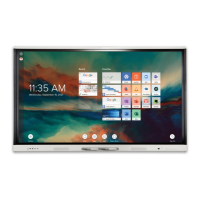



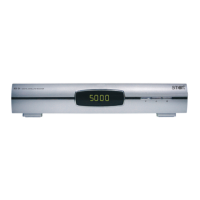

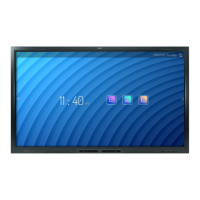

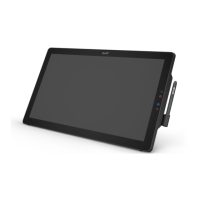
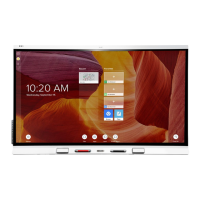
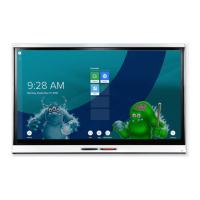

